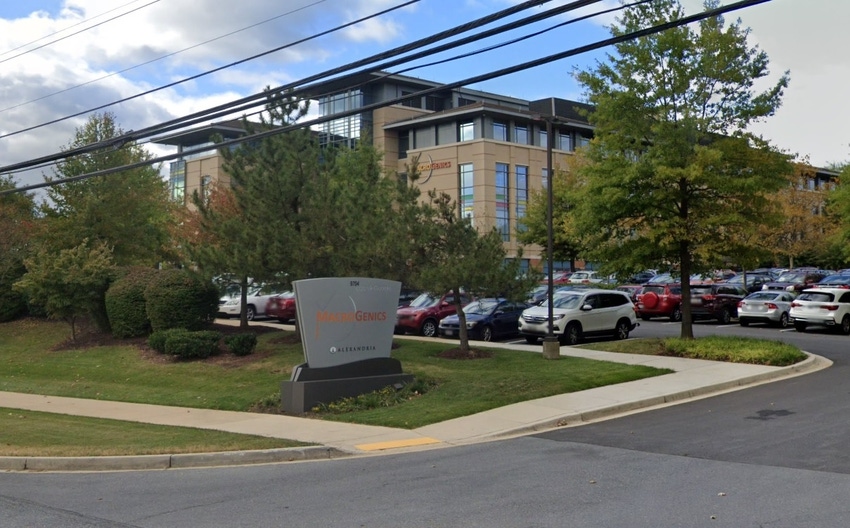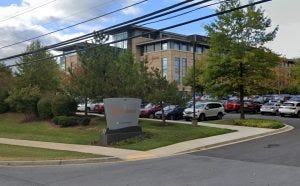Content Spotlight
Podcast: MilliporeSigma says education vital to creating unbreakable chain for sustainability
MilliporeSigma discusses the importance of people, education, and the benefits of embracing discomfort to bolster sustainability efforts.
October 19, 2020

Flexibility is vital for growing biopharmaceutical companies says Macrogenics, which used single-use tech to accelerate development of its Phase III manufacturing plant.
Like many younger biotechnology companies, Macrogenics initially focused on product development rather than investing in production capacity. The Maryland firm was incorporated in 2000, however, it did not set up its first manufacturing facility until 2005.
The plant was designed to manufacture candidates for Phase I/II trials and had limited capacity. Initially it could only carry out four production runs a year, but this was increased to five runs following an expansion in 2013.

Macrogenics’ site in Rockville, Maryland c/o Google
In 2015, Macrogenics further expanded capacity, installing bioreactors and other technologies that allowed it to complete as many as 16 runs per year. The firm also teamed with contractors for late stage trials.
In 2018 the firm decided to set up a facility to support Phase III trials in a move prompted by the maturation of the pipeline, according to Craig Curless, senior director of manufacturing.
“We really didn’t know what our pipeline was going to be,” Curless said during his presentation at the BPI East conference – part of a virtual Biotech Week Boston in September – explaining Macrogenics opted for single-use technologies for flexibility and to keep costs down.
“We decided to use single-use equipment wherever it was possible, so that was basically everywhere in the plant except for the high-flow chromatography system, chromatography columns and the resin slurry tank.”
Flexibility was also key to Macrogenics’ technology sourcing strategy. Curless said “We tried to select the best piece of equipment for each application. We didn’t go for one vendor to supply all the equipment.”
Curless cited the range of technologies used in the plant’s downstream operations as an example.
“For filtration we use a Millipore skid. We have a Thermo Fisher harvest collection tank. We have GE [now Cytiva] chromatography columns and control systems. We have a Millipore ultrafiltration system. And we store our drug substances in Sartorius Celsius bags.”
He added that, “Another consideration for our equipment, no floor scales in the plant. So we have load cells on all of our SUMs and we also have portable stairs for the bioreactors.
“We decided that it was more space efficient to use portable stairs than building platforms…and we’re happy with that. It keeps the area more open.”
Macrogenics continued to operate its original manufacturing plant while bringing the new facility online. This required flexibility from a workforce perspective according to Curless.
“One of our challenges was how to staff a new plant while still running the old plant. So what we did is let our managers apply for positions in the new plant if they chose to or they could just keep their old position in the old plant.
“And then the manufacturing associates, we let them choose which plant they wanted to go to… and it’s worked really well. Everybody ended up in the place they wanted to be, so they were quite motivated. We had a very successful start-up of our new plant while maintaining very successful operations in our existing plant,” he said.
You May Also Like